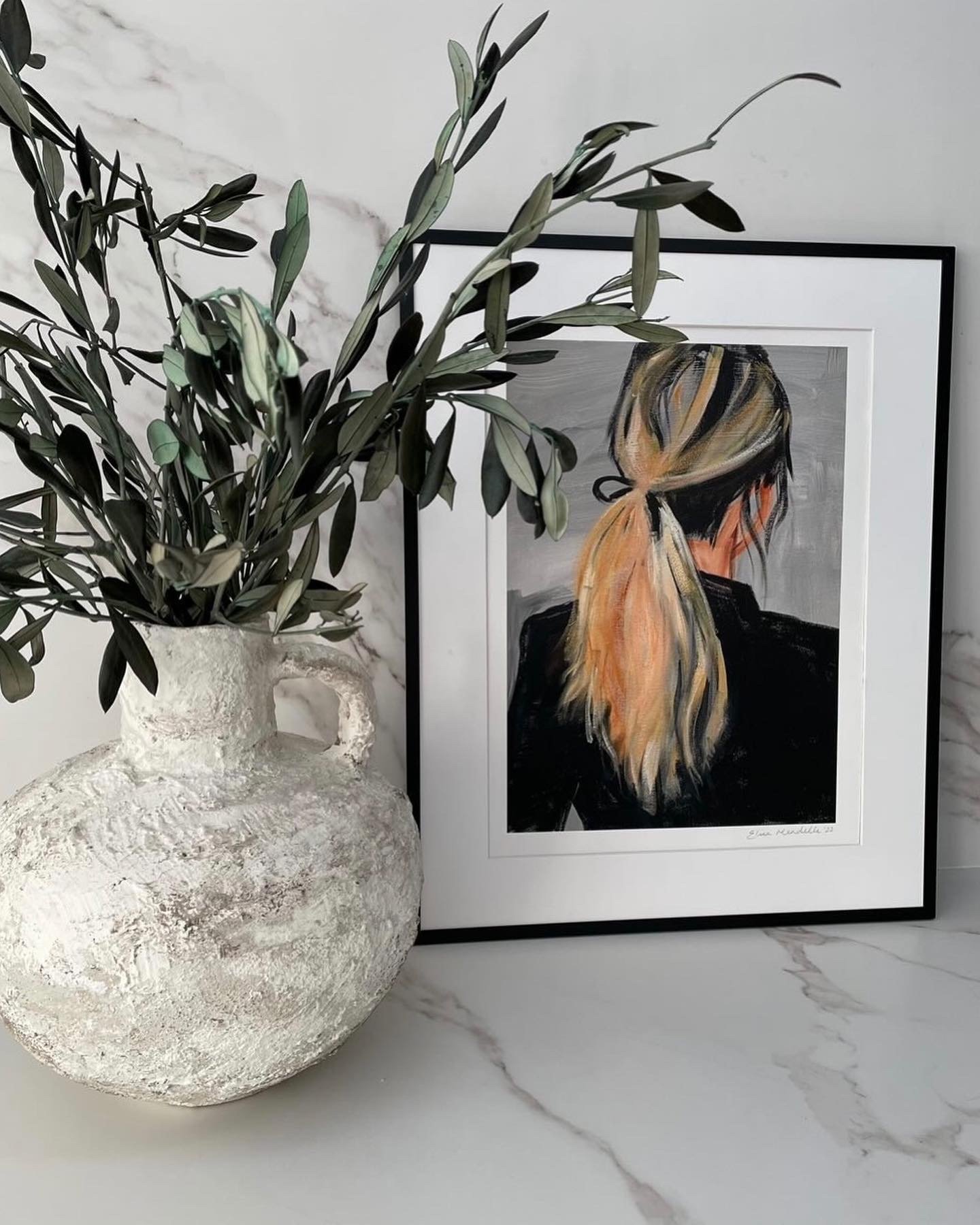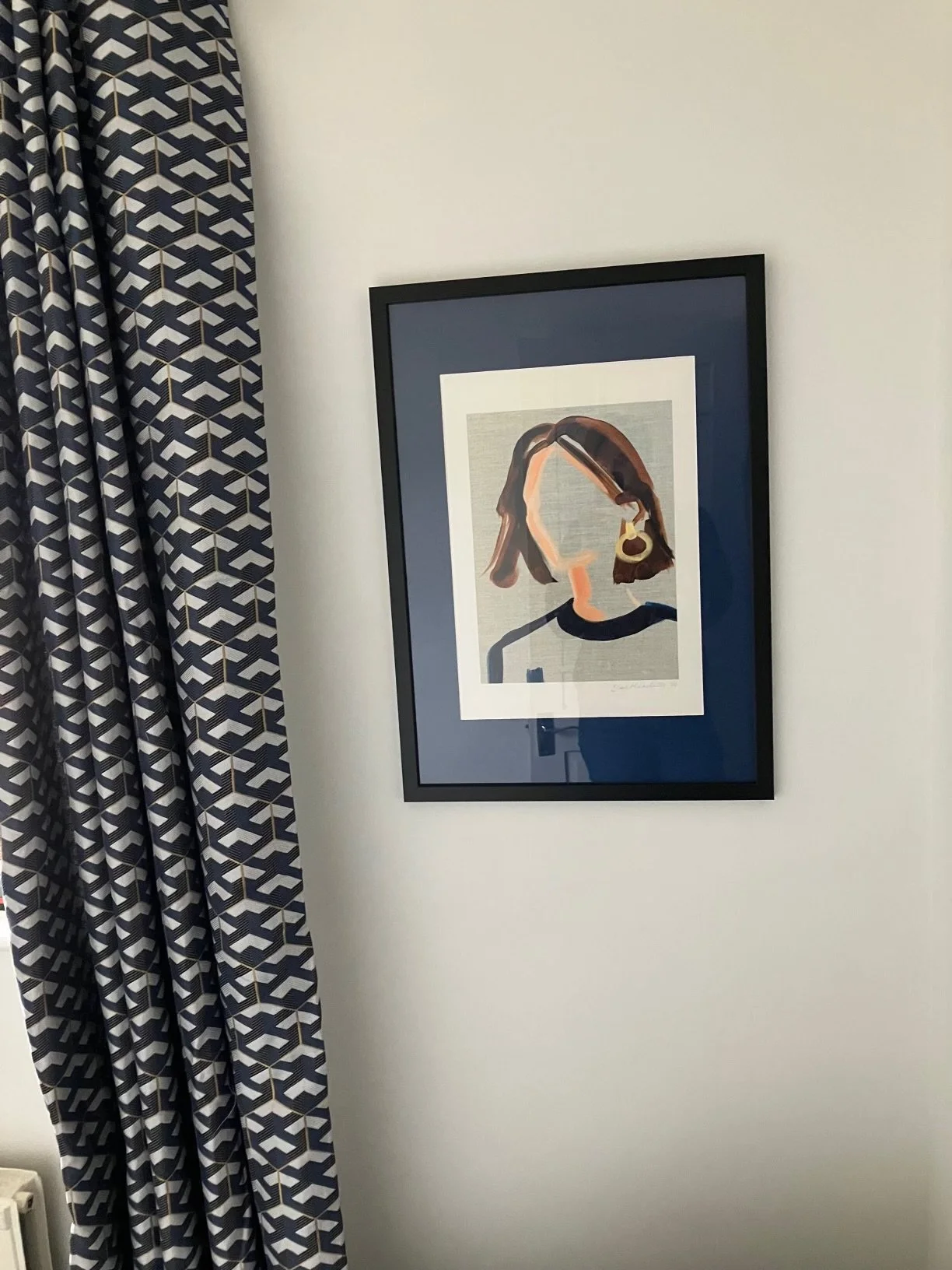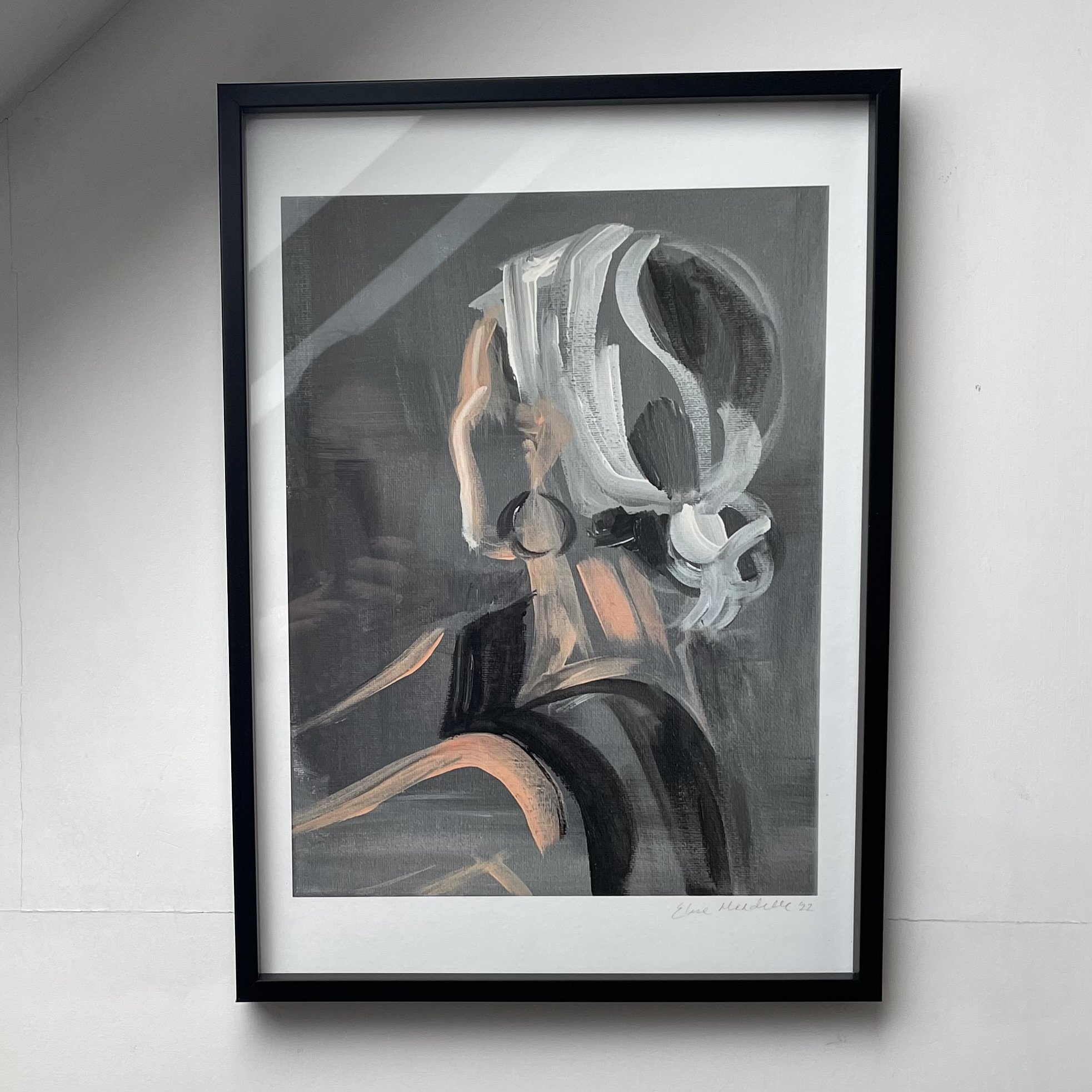All you need to know about framing prints
I often get asked “What’s the best way to frame your prints?” The answer…it depends.
There are lots of factors to consider as framing prints can be an art form in itself! If you’re an art collector interested in framing your new print, I’m here to make framing prints easier for you - and get that art up on your wall sooner!
In this post, I’ll guide you through the process of framing prints, helping you choose the right materials, styles, and techniques to elevate your art to new heights.
Choosing the perfect frame is probably the most important step when it comes to framing prints - haha makes sense, doesn’t it?
Material: Wood, metal, and composite frames are popular choices. Wood frames bring warmth and a traditional aesthetic, while metal frames offer a sleeker and more contemporary look.
Colour and Finish: The frame's colour should complement the artwork, enhancing its overall impact. What are the dominant hues in your print? Pick a frame that shows them off! Take your pick from matte, glossy, or distressed, depending on the finished look you’re after.
Style: Frames come in so many styles - from classic to ornate, minimalist to modern. Choose a style that enhances the mood and theme of your artwork and matches the décor in your home. Try to make a statement with your frame but be careful not to overpower the print itself.
“The details are not the details. They make the design.”
Now, do you add a mount or not? I think that mounts (or mat boards as they’re also called) can take your print to a whole new level and protect it at the same time. But don’t forget to:
Choose Acid-Free Materials: Use acid-free mount boards to prevent discoloration or damage caused by acidity. You want to ensure your print remains vibrant and protected for years to come!
Consider Proportions: Using a mount can create a visual boundary between the artwork and the frame. I usually have the mount fitted just outside the signature to show off that it’s been signed by the artist!
There’s also glazing to consider (glass or non-glare acrylic) and framing techniques to ensure it’s secure with the correct hardware on the back of the frame.
If you’re at all concerned about getting it right, take your print to a professional framer - it will cost more, but then you’ll definitely have a work of art that will last and catch your guests’ attention when they visit your home.
Hope you’ve found this helpful, share your pics of your framed prints in the comments below :)




